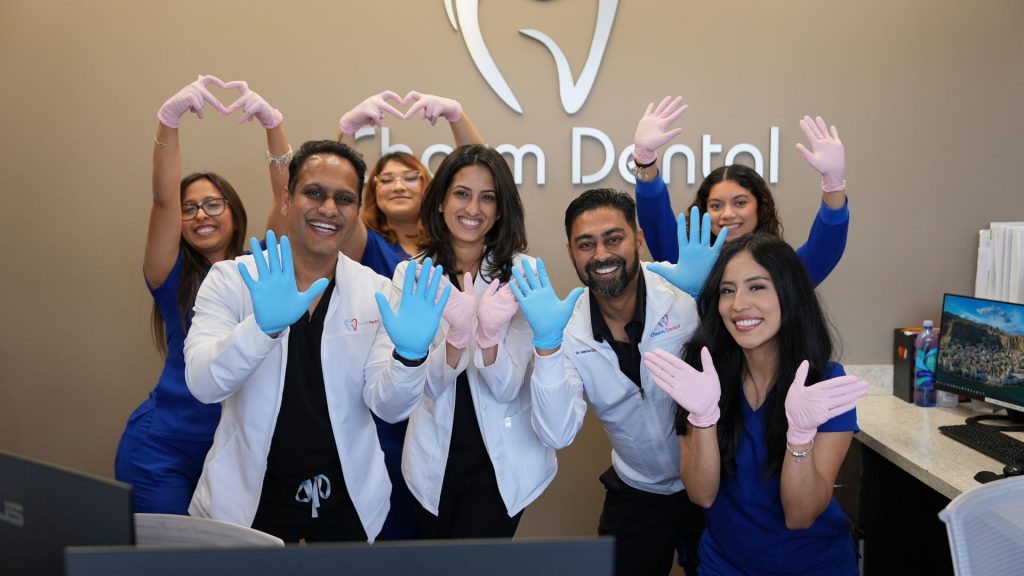How To Own & Operate a Dental Assistant School

Owning and operating a dental assistant school presents a rewarding opportunity to shape the future of dental healthcare while building a sustainable business. However, it requires careful planning, adherence to regulations, and a commitment to providing high-quality education. Here’s a breakdown of key considerations:
1. Market Research and Business Planning:
- Assess Local Demand: Conduct thorough market research to determine the demand for dental assistants in your area. Analyze existing dental practices, employment projections, and competitor schools.
- Develop a Comprehensive Business Plan: This plan should outline your school’s mission, target audience, curriculum, marketing strategy, financial projections, and operational procedures. It’s crucial for securing funding and guiding your business.
- Define Your Niche: Consider specializing in a specific area of dental assisting, such as pediatric dentistry or oral surgery, to differentiate your school from competitors.
2. Legal and Regulatory Compliance:
- State Licensing and Accreditation: Research and comply with all state licensing requirements for vocational schools and dental assistant programs. Accreditation from recognized bodies can enhance your school’s credibility.
- Curriculum Approval: Ensure your curriculum meets state and accreditation standards. This may involve submitting course outlines, instructor qualifications, and facility specifications for approval.
- Insurance and Bonding: Secure appropriate insurance coverage, including liability insurance and professional indemnity insurance. Bonding may also be required.
- HIPAA Compliance: Dental assistant schools must adhere to HIPAA regulations regarding patient privacy and data security.
3. Curriculum Development and Instruction:
- Develop a Relevant and Up-to-Date Curriculum: The curriculum should cover essential dental assisting skills, including chairside assisting, radiography, sterilization, infection control, and dental office administration.
- Hire Qualified Instructors: Employ experienced dental professionals with strong teaching skills. Look for instructors with relevant certifications and licenses.
- Provide Hands-On Training: Practical experience is crucial for dental assistants. Establish a well-equipped laboratory and clinical setting for hands-on training.
- Utilize Technology: Integrate technology into the curriculum, such as digital radiography, dental software, and online learning platforms.
4. Facility and Equipment:
- Secure a Suitable Facility: Choose a location that is easily accessible to students and has adequate space for classrooms, laboratories, and administrative offices.
- Invest in Essential Equipment: Purchase dental chairs, radiography equipment, sterilization equipment, and other necessary tools and supplies. Ensure the equipment is well-maintained and up-to-date.
- Create a Professional Learning Environment: Design a clean, organized, and welcoming learning environment that fosters student engagement and success.
5. Marketing and Student Recruitment:
- Develop a Marketing Strategy: Utilize a combination of online and offline marketing strategies to reach potential students.
- Build Relationships with Dental Practices: Network with local dental practices to establish clinical externship sites and potential employment opportunities for your graduates.
- Offer Career Services: Provide career counseling, resume assistance, and job placement services to help graduates find employment.
- Maintain a Strong Online Presence: Develop a professional website and utilize social media platforms to promote your school and engage with prospective students.
6. Financial Management:
- Develop a Budget: Create a detailed budget that includes startup costs, operating expenses, and revenue projections.
- Secure Funding: Explore funding options, such as loans, grants, and private investments.
- Manage Tuition and Fees: Establish a fair and competitive tuition structure.
- Maintain Accurate Financial Records: Keep meticulous records of all financial transactions.
7. Ongoing Evaluation and Improvement:
- Collect Student Feedback: Regularly solicit feedback from students to assess the effectiveness of your curriculum and instruction.
- Track Graduate Outcomes: Monitor graduate employment rates and career success to evaluate the program’s effectiveness.
- Stay Current with Industry Trends: Continuously update your curriculum and equipment to reflect advancements in dental technology and practices.
- Seek Accreditation Renewal: Maintain accreditation by meeting ongoing standards and participating in periodic reviews.
Proven, Time-Tested, and Profitable
Our turn-key program is designed for success, delivering significant financial returns through a proven, time-tested model.
Unlike traditional college courses that take 9 to 11 months, our Dental Assistant Curriculum is completed in just 12 weeks, with flexible scheduling options (single or multiple days). This makes dentist-owned Dental Assistant Schools (D.A.S.) a far more appealing choice for students.
Each dentist-owned D.A.S. is granted a protected territory, and we handle the hard part—filling your enrollment with paying students.
Our all-inclusive curriculum features hyperlinked, easy-to-follow instructor materials, PowerPoint presentations, tests, lab assignments, and a comprehensive grading system to track student progress, ensuring smooth operations and high-quality education.
